Transient Response
Transient response in power supplies refers to how quickly and effectively the PSU stabilizes its output voltage during sudden changes in load demand, such as when a CPU or GPU increases its power draw. It’s measured by the time and voltage deviation during these shifts. A faster, smaller transient response ensures stable power, preventing instability or damage to components.
20% Load – 20ms
| Advanced Transient Response 20% - 50 Hz - No Caps | ||||
| Voltage | Before | After | Change | Pass/Fail |
| 12V | 11.995V | 11.718V | 2.31% | Pass |
| 5V | 5.005V | 4.896V | 2.18% | Pass |
| 3.3V | 3.308V | 3.173V | 4.09% | Pass |
| 5VSB | 5.064V | 5.026V | 0.74% | Pass |
50% Load -20ms
| Advanced Transient Response 50% - 50 Hz - No Caps | ||||
| Voltage | Before | After | Change | Pass/Fail |
| 12V | 11.936V | 11.812V | 1.03% | Pass |
| 5V | 4.996V | 4.891V | 2.11% | Pass |
| 3.3V | 3.303V | 3.165V | 4.18% | Pass |
| 5VSB | 5.023V | 4.991V | 0.64% | Pass |
The transient response is generally mediocre. High voltage drops on all rails, especially at 12V and 5V.
Transient Response ATX v3.1 Tests
For PSUs without a 12+4 pin connector, the maximum applied load for the transient response tests is 150%, rather than 200%.
The PSU passes all ATX v3.1 transient response tests.
The 12V rail’s performance is below average in these tests.


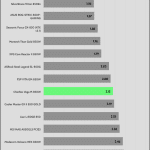
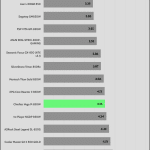
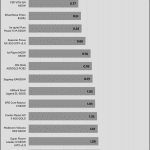
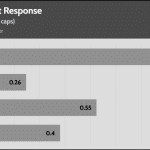

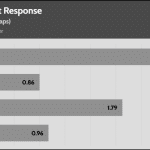
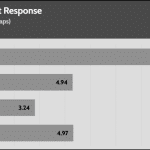
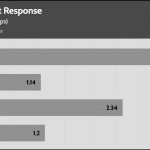
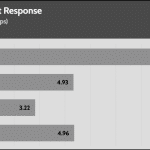
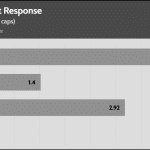
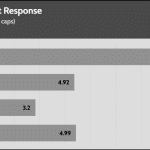
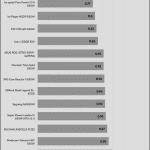
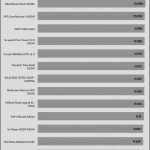
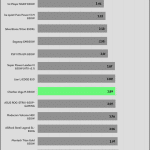
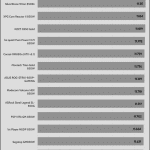
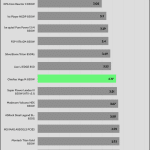
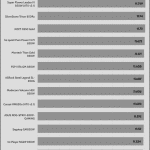
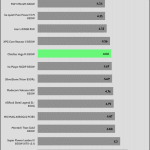
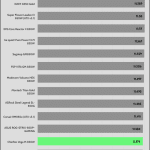

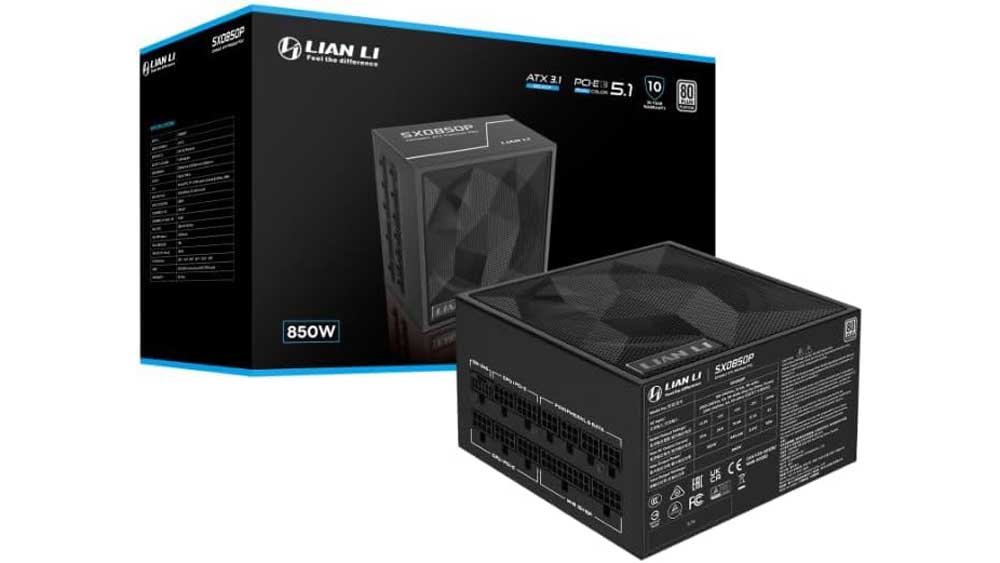
Hello which PSU would you recommend if you had to pick from : Chieftec VEGA M PPG-750-C, Corsair RMe Series RM750e , Cooler Master MWE Gold V2 ATX 3.1 750W. They are priced the same and I am looking for a PSU to pair with my 5070 TI…
I would get the one with the better support in the region, because performance differences are not that dramatic among these. Check for their noise output also (average noise) output.
I’m curious how worried should I be for the inrush current this model has. It is quite competitively priced where I live, and I’m inclined to get it if it is not a big deal in terms of long-term reliability or safety on the secondary side.
We changed inrush current testing methodology because there were issues with the previous one. This is most likely ok.
Thank you, Aris!
As I see, the inrush is similar on Cybenetics as well. There is also an option to have the Cougar GEX Pro (650W which is not rated at Cyben) for similar price as well. Although Chieftec’s Vega M seems more reviewed than the Cougar. Which one would you recommend?
PS – It is amazing to get guidance from professionals like you!
Just retested the Chieftec PSU for inrush current, as expected values are way lower. I cannot say about the GEX Pro 650 since I haven’t tested it or at least I don’t remember doing so, my team 🙂
Thank you for your guidance and updated information! I do not have any second thoughts about the Chieftec then! 🙂
Hi
I found one Iranian PSU “GP800A-UK EVO V3.1” https://green.ir/products/power-supply/gp800a-uk-evo-v3.1 and it’s powered by High power No-832H , similar to Chieftec VEGA’s board but it’s High power No-832D.
Is there any PSU that uses No-832H ? Is it higher tier?
This is high quality image : https://green.ir/assets/filemanager/userfiles/green/PSU/UK-EVO-V3.1-Series/Gallery/GP800A-UK-EVO-V3.1/GREEN-GP800A-UK-EVO-V3.1-PSU-G-11.jpg